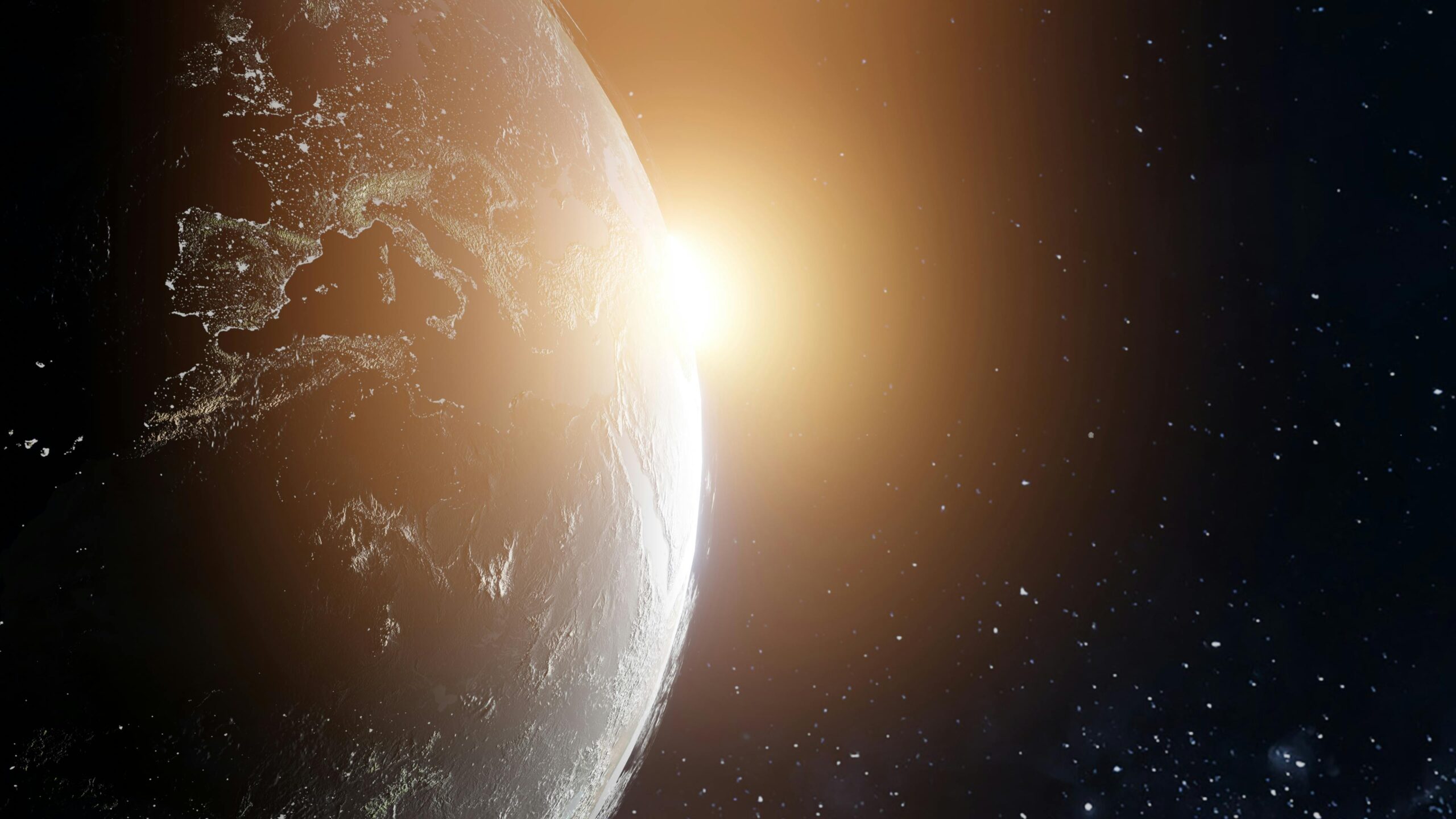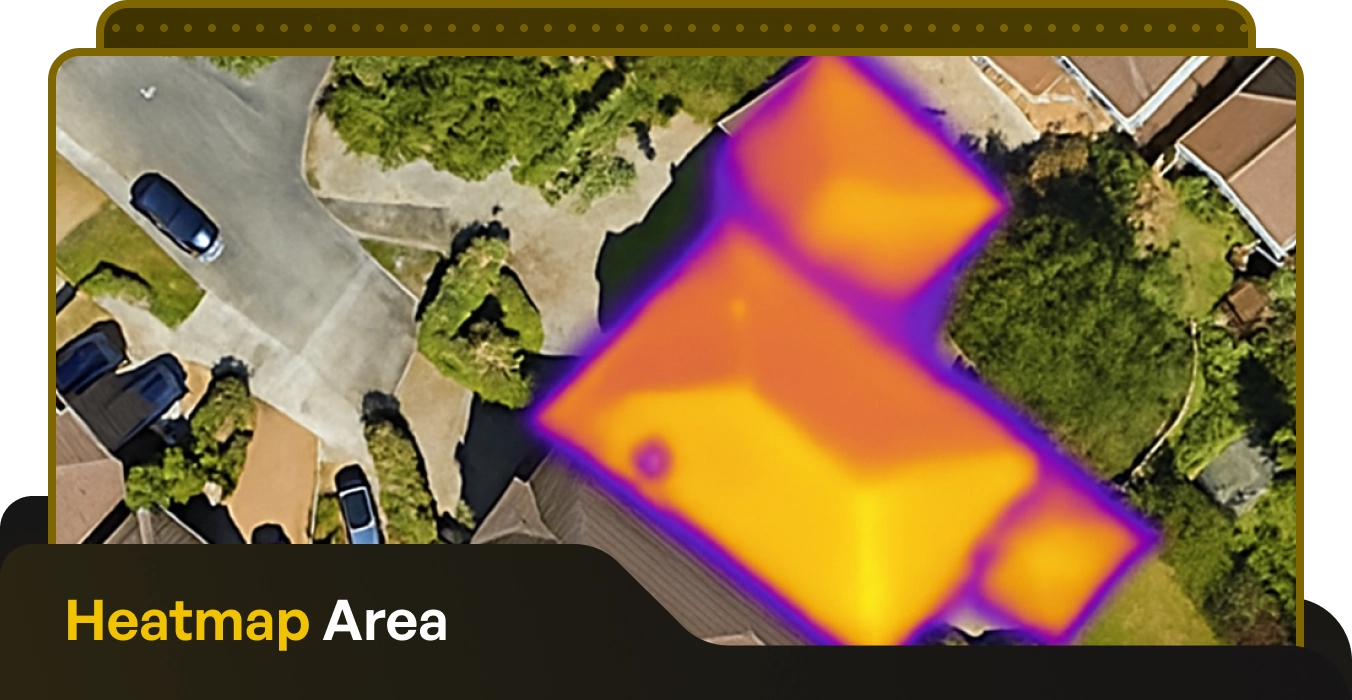Table of Contents
Solar Farms in Space Could Help Solve Energy Crisis
Space based solar farms could one day deliver an endless supply of green energy to the earth and help make the transition to a zero carbon future.
Research at Queen’s University Belfast has demonstrated how solar satellites could one day be used to relay energy from the sun 24/7.
In a world-first, Space Solar Ltd has developed and demonstrated a prototype satellite in conjunction with the Centre for Wireless Innovation at Queen’s University.
In space, the sun’s energy is far more intense than what we get here on the ground as there is no atmosphere or cloud cover impeding. This allows solar panels in space to generate many times more power than ones on the ground here on Earth.
Space Solar estimates that a satellite with a solar antenna 2km in diameter could provide as much as 2GW of power around the clock, beamed down to earth via microwaves.
To put that into perspective, in June of 2023, Ireland had a total solar capacity of 680MW across all sizes of installations.
James Dorrian, Managing Director of EnergyEfficiency.ie said, “Having a balanced mix of renewable energy systems is crucial to making the transition to a green electricity grid. Both solar and wind power are necessary for this,
“There are multiple ways to take advantage of solar energy, from utility sized solar farms, rooftop solar microgeneration on people’s homes, and new avenues such as solar satellites.”
“It’s encouraging to see that every avenue of how we can exploit and benefit from renewable energy is being explored, even if it seems a far off prospect right now.”
Space Solar, which is working with the CWI at the School of Electronics, Electrical Engineering and Computer Science (EEECS) at Queen’s University, hopes to take this radical technology to space trials by 2030.
Solar Satellites
The technology behind this project has already been in development at Queen’s University for the past decade.
One of the biggest challenges was creating a satellite which would be kept facing the sun, while also orbiting the earth, and having the ability to beam the power back to a fixed point on Earth.
This has been achieved through a satellite design featuring a solid state power-beaming architecture which can steer the beam through 360 degrees.
Martin Soltau, co-CEO of Solar Space Ltd said, “We value hugely our close partnership with Queen’s and together, in just six months, we have delivered this world-first demonstration of 360° power-beam steering, which is a core requirement for the operational power satellite.”
“We look forward to building on this successful project as we scale up the technology together. Space-based solar power can help deliver the energy transition with reliable, affordable energy from space, and Space Solar and our partners are leading the way.”

A prototype CASSIOPeiA satellite measuring half a metre in diameter and with more than 150 individual antennas has been tested at the CWI.
During this test in an anechoic chamber, a controlled test space which mimics high altitude conditions by avoiding any reflections, the satellite was able to highly directional, microwave beams across the lab.
One of the technological breakthroughs which has come in the development of this space solar technology has been the creation of a microwave energy transmitted with an efficiency of roughly 85%.
Lead researcher from Queen’s CWI, Dr Neil Buchanan said, “The technology will undoubtedly require a high, initial investment. Sending rockets into space is obviously pretty expensive although the price has come down significantly in the past decade.”
“Once the satellites are up and running, however, they will immediately start to generate substantial amounts of revenue.”
“As well as providing a viable business model, this should have a massively beneficial environmental impact, providing a sustainable source of clean, safe energy into the future.”
The partnership behind this space solar project predicts that several hundred satellites could be launched ultimately.
This has the potential to provide a substantial proportion of global energy needs, with each requiring over 60 rocket flights and automated installation.
Solar Farms in Space Could Help Solve Energy Crisis
Published: May 17, 2024
Last updated: October 9, 2025

Written by: Briain Kelly
Reading time: 2mins
Space based solar farms could one day deliver an endless supply of green energy to the earth and help make the transition to a zero carbon future.
Research at Queen’s University Belfast has demonstrated how solar satellites could one day be used to relay energy from the sun 24/7.
In a world-first, Space Solar Ltd has developed and demonstrated a prototype satellite in conjunction with the Centre for Wireless Innovation at Queen’s University.
In space, the sun’s energy is far more intense than what we get here on the ground as there is no atmosphere or cloud cover impeding. This allows solar panels in space to generate many times more power than ones on the ground here on Earth.
Space Solar estimates that a satellite with a solar antenna 2km in diameter could provide as much as 2GW of power around the clock, beamed down to earth via microwaves.
To put that into perspective, in June of 2023, Ireland had a total solar capacity of 680MW across all sizes of installations.
James Dorrian, Managing Director of EnergyEfficiency.ie said, “Having a balanced mix of renewable energy systems is crucial to making the transition to a green electricity grid. Both solar and wind power are necessary for this,
“There are multiple ways to take advantage of solar energy, from utility sized solar farms, rooftop solar microgeneration on people’s homes, and new avenues such as solar satellites.”
“It’s encouraging to see that every avenue of how we can exploit and benefit from renewable energy is being explored, even if it seems a far off prospect right now.”
Space Solar, which is working with the CWI at the School of Electronics, Electrical Engineering and Computer Science (EEECS) at Queen’s University, hopes to take this radical technology to space trials by 2030.
Solar Satellites
The technology behind this project has already been in development at Queen’s University for the past decade.
One of the biggest challenges was creating a satellite which would be kept facing the sun, while also orbiting the earth, and having the ability to beam the power back to a fixed point on Earth.
This has been achieved through a satellite design featuring a solid state power-beaming architecture which can steer the beam through 360 degrees.
Martin Soltau, co-CEO of Solar Space Ltd said, “We value hugely our close partnership with Queen’s and together, in just six months, we have delivered this world-first demonstration of 360° power-beam steering, which is a core requirement for the operational power satellite.”
“We look forward to building on this successful project as we scale up the technology together. Space-based solar power can help deliver the energy transition with reliable, affordable energy from space, and Space Solar and our partners are leading the way.”

A prototype CASSIOPeiA satellite measuring half a metre in diameter and with more than 150 individual antennas has been tested at the CWI.
During this test in an anechoic chamber, a controlled test space which mimics high altitude conditions by avoiding any reflections, the satellite was able to highly directional, microwave beams across the lab.
One of the technological breakthroughs which has come in the development of this space solar technology has been the creation of a microwave energy transmitted with an efficiency of roughly 85%.
Lead researcher from Queen’s CWI, Dr Neil Buchanan said, “The technology will undoubtedly require a high, initial investment. Sending rockets into space is obviously pretty expensive although the price has come down significantly in the past decade.”
“Once the satellites are up and running, however, they will immediately start to generate substantial amounts of revenue.”
“As well as providing a viable business model, this should have a massively beneficial environmental impact, providing a sustainable source of clean, safe energy into the future.”
The partnership behind this space solar project predicts that several hundred satellites could be launched ultimately.
This has the potential to provide a substantial proportion of global energy needs, with each requiring over 60 rocket flights and automated installation.
Solar Energy Saves Households Thousands in Electricity Costs
Take our 2-minute questionnaire and find affordable solar options to suit your budget and lifestyle.



